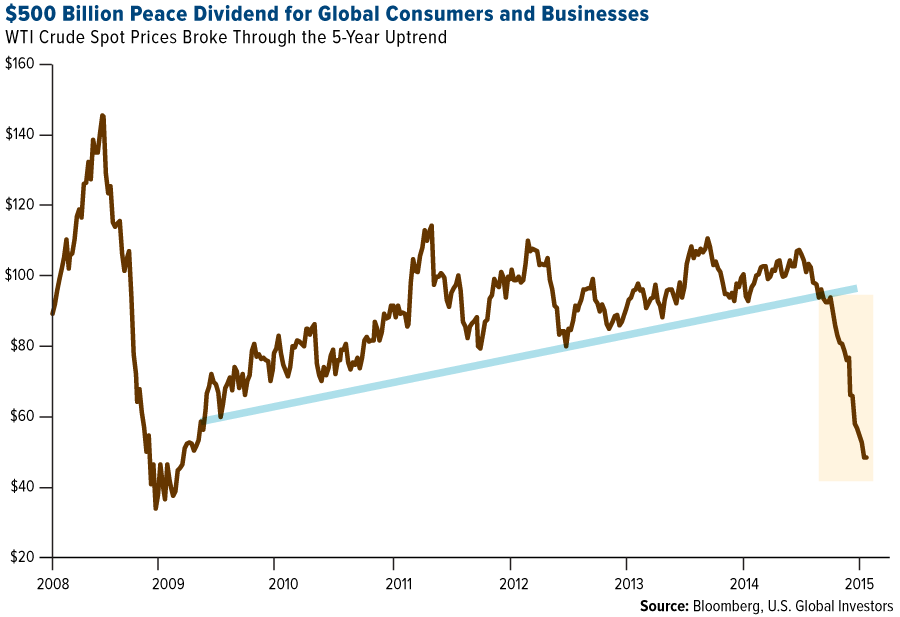How to Capture Dividends That Other Investors Miss
Post on: 31 Май, 2015 No Comment

By Zachary Scheidt on December 31, 2013
Most investment academics will tell you that the market is efficient. These scholars believe that there is no reliable way to generate an above market rate of return without access to information that is not available to the public.
This efficient market hypothesis rests on a key assumption. This assumption is that all investors seek maximum profits and have access to the same information. Since all investors are working toward the same goal, buyers will naturally purchase any stocks that are priced too low, and sellers will naturally get rid of stocks that are priced too high. The end result is that competition drives stock prices to an equilibrium point that reflects all publicly available information.
But there are some very big holes in this theory. Besides the fact that there is a plethora of examples of profitable traders who beat market averages, there are also specific instances where traders can capture profits from other traders who do not operate in a way that maximizes their total profit.
Today, were going to take a look at how the covered call strategy can be used on dividend stocks to capture returns that should technically not exist if the market were truly efficient.
Dividend Payments and Option Contracts
To understand how to capture inefficient dividend payments, we first need to take a look at how option contracts work, specifically call option contracts.
A call option gives the owner the right but not the responsibility to purchase shares of a stock at a specific price, called the strike price. For American options, this right can be exercised any time between when the call option is purchased and the date on which it expires.
Normally, it would not make sense to exercise a call option ahead of expiration. This is because call contracts typically trade at a slight (or not-so-slight) premium to the intrinsic or book value. This premium is due to the fact that the stock price could move higher and the owner of the call option contract could generate even more profits.
Since call options trade at a premium to the value of actually exercising them, it would make more sense to sell these calls in the open market (for a premium price) rather than exercising them and profiting from buying the stock at a lower price.
But this isnt usually the case when the underlying stock is paying a dividend. The owner of a call option contract has no right to the dividend payment, unless he exercises his right to buy the stock ahead of when the dividend payment is recorded. So there is a natural incentive for the owner of a call contract to exercise this right early in order to capture the dividend payment by owning the stock.
Unfortunately, many individual traders are either not aware of this incentive to exercise call options early, or they simply forget to take advantage of their opportunity to buy the stock at a particular price and capture the dividend payment that would then be rightfully theirs.
This inefficient handling of option contracts sets up an opportunity for savvy traders who are able to sell call contracts on stocks that are soon to record a material dividend payment.

Using Covered Calls to Capture Dividend Payments
One of the best low-risk ways to capitalize on this inefficiency is to buy shares of stock that will soon record a dividend and sell short-term in-the-money call contracts against the position.
If we purchase shares of a stock that is expected to make a dividend payment of $0.50 and sell call contracts against the position, there is a material chance that the owners of those call contracts that we have sold will not exercise their right before the dividend is paid.
If the owners of the call do in fact forget to exercise their contracts (or otherwise overlook the opportunity), we will be able to keep our stock and receive the dividend payment. We will then be required to sell the stock at the strike price once the call contract reaches expiration (as the contract will likely be automatically exercised).
It is important to note that most of the time, the call contracts will be exercised early. But this should not be a bad thing for us, because the covered call trade should be set up at a price point that is still profitable even if the calls are exercised early. In fact, the early exercise allows us to book our profits more quickly, giving us a higher rate of return.
But for those times when the call contracts are held by ill-informed traders who do not exercise their right early, we can expect to receive an above-market or inefficient profit, which helps us to grow our capital at a rate of return that is above typical risk-adjusted rates.
Note: If you are interested in setting up high-probability income trades, then check out the Income Trader service from my colleague, Amber Hestla. Each week, she recommends an Instant Income trade that has helped her readers generate $6,000. $19,500. even $150,000. Click here for more.














